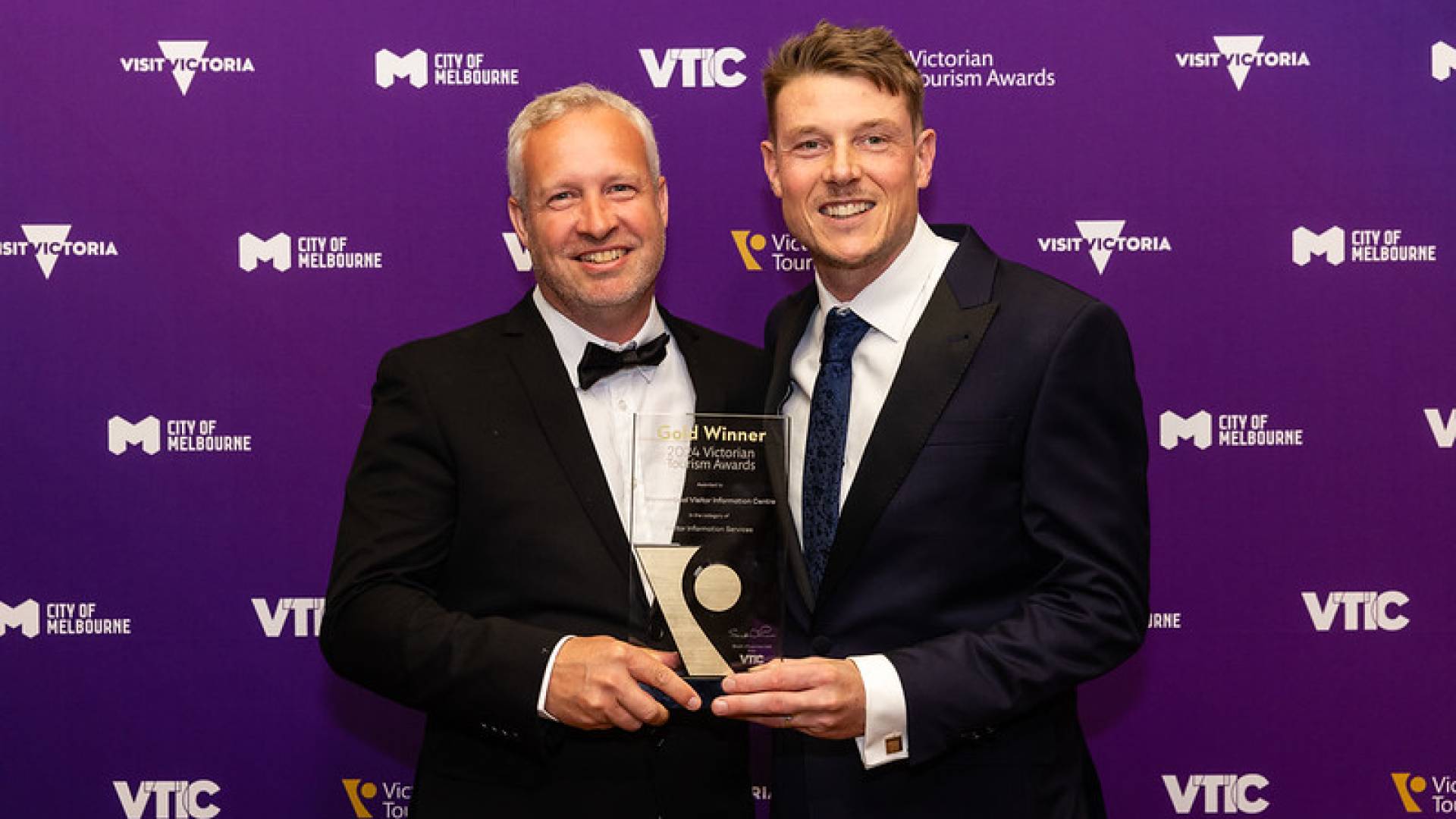Becoming homeless in her 50s was something Emma never imagined.
She and her husband had a household that was “quite full”. She cared for her ageing mother after a stroke and her brother who had become blind, while raising their granddaughter as their own.
“The pressures of life, looking after so many, took its toll and my husband and I drifted apart and divorced,” Emma says.
“That led me to become homeless when I was 58, with my teenage granddaughter.”
Emma is among 147 participants in the Preventing łÔąĎÍřŐľlessness Among Older Women research project. Knox Council guided the project undertaken by the Eastern Affordable Housing Alliance, which also includes Manningham, Maroondah, Monash, Whitehorse and Yarra Ranges councils.
After being placed in rooming houses, caravan parks and cabins, Emma was eventually supported by a housing provider into a permanent apartment.
Single women over 55 are the fastest growing group experiencing homelessness in the Melbourne’s eastern metropolitan region. This group numbers 150,000 women or 16% of the population.
The project identified two main ‘pathways’ into homelessness: rapid and gradual.
Some, such as Emma, experience a shock like divorce, job loss or serious illness.
Others become homeless gradually after decades of social isolation, housing insecurity and poverty.
Julia married young before leaving with her son and not much else when the relationship didn’t work out.
“I had a series of abusive relationships, moving around a lot,” she says. “Eventually we got a home with a proper lease that we loved.”
But when the landlord wanted to sell, Julia couldn’t afford another place.
“Everything that seemed solid just dissolved,” Julie says. “During the pandemic I drew on superannuation to afford rent and pay debts. I was about to live in my car when I found transitional housing. What I really want is security. I’m waiting for public housing now.”
The project identifies two main solutions: tapping into under-utilised homes and buildings, as well as affordable retirement village-style housing.
Local and state government would support owners of vacant buildings to provide temporary accommodation, and link property owners with potential tenants.
The project suggests identifying local and state government-owned property for affordable retirement village-style housing, negotiating affordable housing at planning stage, and working with the state government to retain ageing retirement villages for affordable independent living units.
The project was delivered with $180,000 received under the Victorian Government’s Metropolitan Partnerships Development Fund.
That led me to become homeless when I was 58, with my teenage granddaughter.
Find out more:







